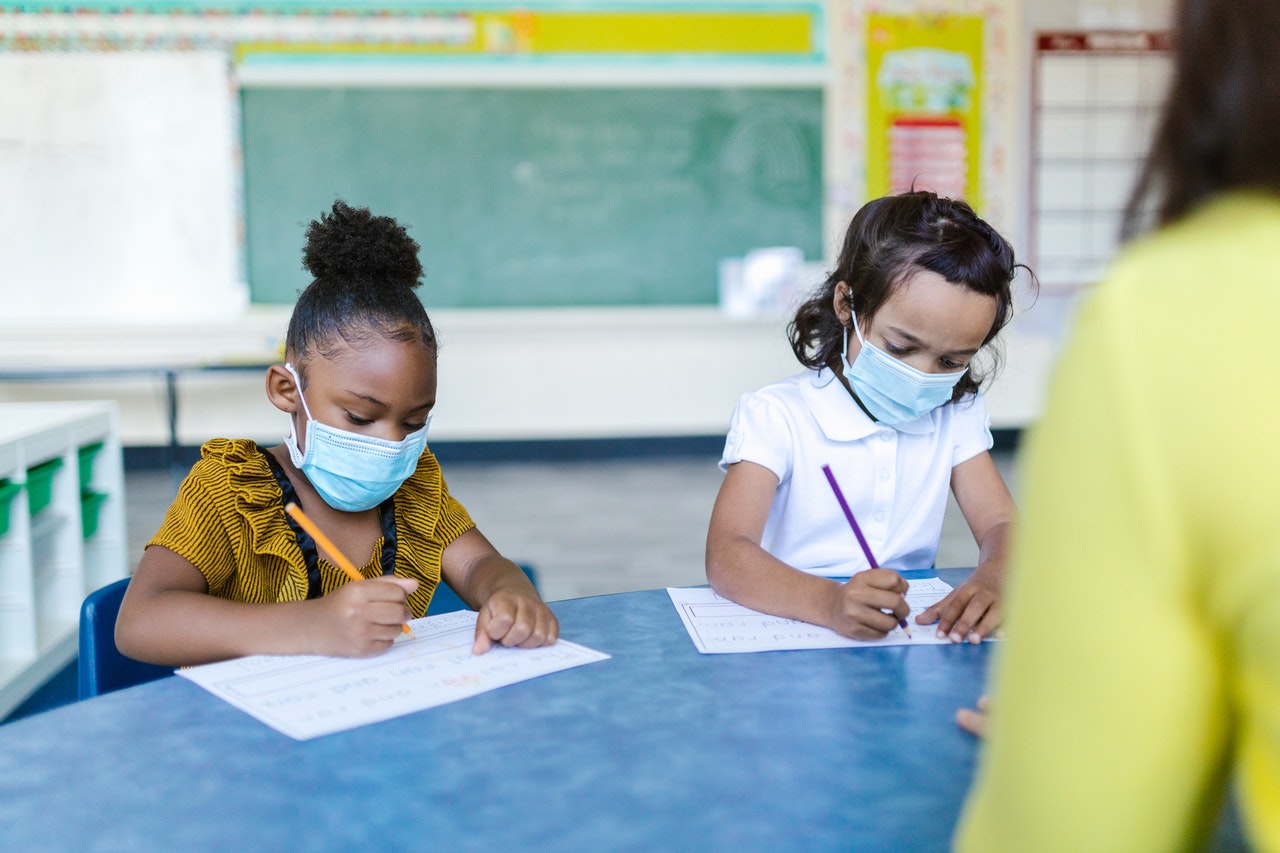In several countries, schools during COVID have remained closed and may operate at partial capacity in the next academic year. This will harm the academic progress and well-being of many children, but especially of those that already face many disadvantages. One such group is immigrant-origin students whose mother tongue differs from the language of instruction. The lack of in-school and continuous education could severely interfere with their language learning and have critical consequences for their academic progress and social inclusion.
Language barriers are one of the largest adversities faced by immigrant-origin students (that are foreign-born and/or with foreign-born parents). Fluency in the language of instruction is essential for them to make the most of educational opportunities and participate in the social life of their community.
The size of language barriers differs across groups of non-native speakers according to their linguistic background and whether they were born in the host country or arrived at a late age (among other factors). Therefore, targeted and intensive teaching is often necessary for certain students, but may not be available in schooling at the time of COVID.
In most educational systems, at a certain age, students are selected into different tracks mostly based on their academic performance. Educational tracks shape students’ academic and professional future. For example, in many countries, only certain tracks of upper secondary education grant access to university. Building fluency in the host language before the age of selection into educational tracks is crucial for immigrant-origin students to develop their full potential. Losing precious in-class teaching may be particularly detrimental for immigrant-origin students that are approaching key turning points in the educational system.
This is a part of a blog post published by Alessandro Ferrara.
